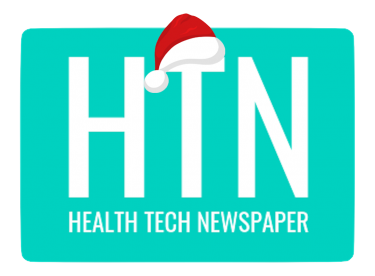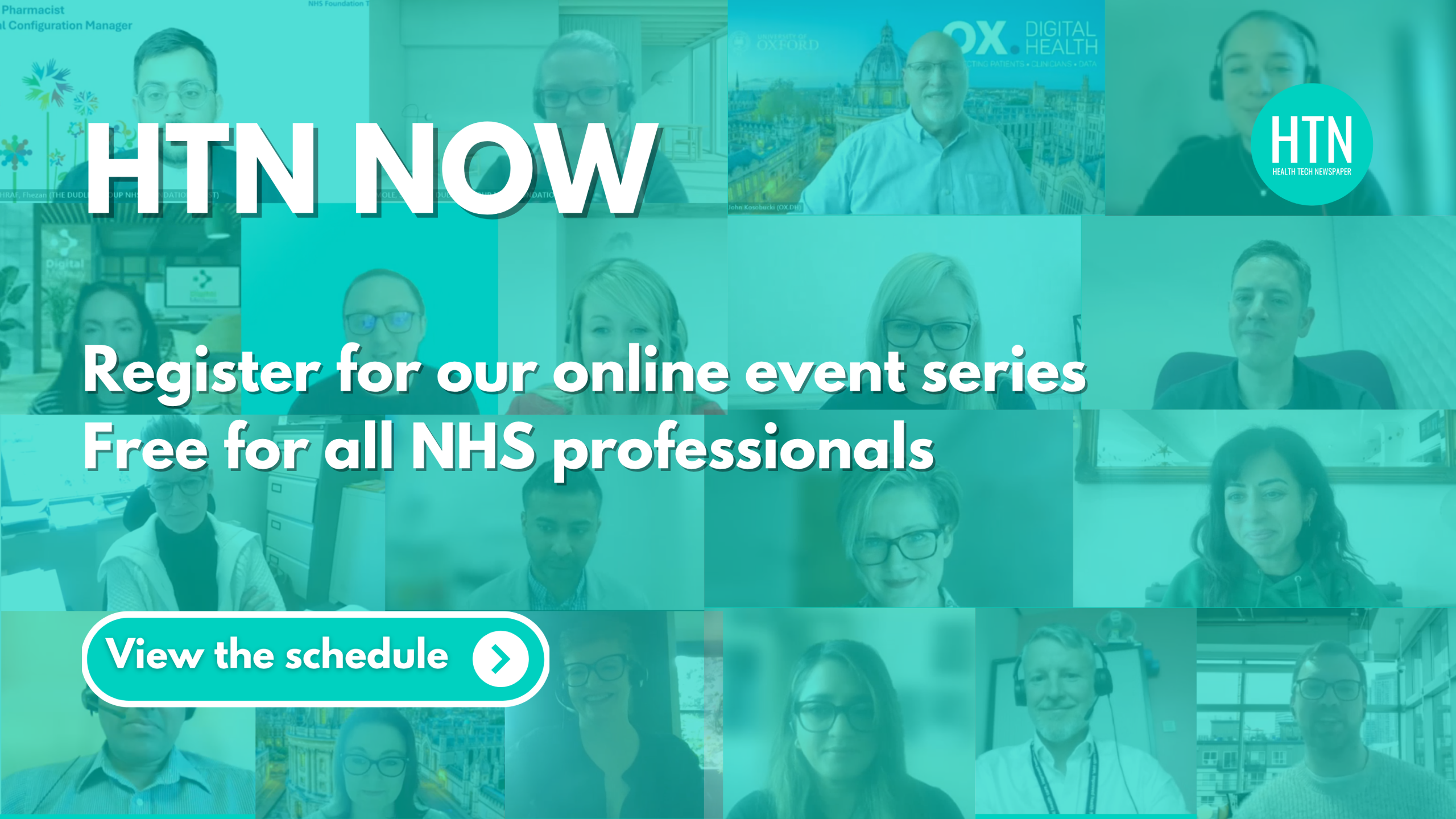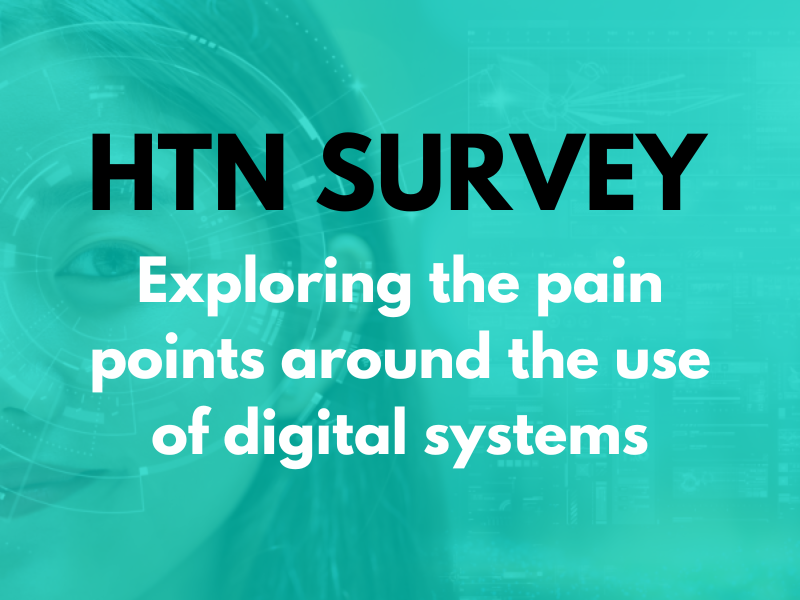NHS England’s board met earlier this month to discuss operational, performance, delivery, and digital, data and technology updates.
The digital, data and technology transformation update noted the Frontline Digitisation programme is on track for 96 percent of trusts to have implemented an EPR by March 2026. As of March 2025, 19 trusts are listed as having no EPR, but are in the process of procuring, or implementing one. The update highlighted that 70 percent of trusts are on track to meet the core level of digitisation maturity by March 2026, aligning with the What Good Looks framework.
The update also focused on convergence, to state that “ICBs and trusts are being encouraged to make decisions about coverage and capability with infrastructure consolidation and convergence in mind, so that we move towards a more convergent digital landscape.”
On opportunities for the future, the board identifies four areas to “streamline processes, improve workflow, and better share information across care pathways”. These include, using ambient voice technology, pursuing a single patient record, using digital to support shifting care into the community, and developing functionality in the NHS App, such as digital health checks and moving from “outdated letters to Push notifications within the NHS App”.
On the impact of digital, the board adds that highly digitised trusts have a 13 percent lower cost per admitted patient episode, along with a 4.5 percent reduction in inpatient length of stay, and a 17.5 percent reduction in sepsis mortality. Future priorities listed in this space include the deployment of specialist skills into trusts to support digital implementation, helping “the least digitally mature trusts” to improve “at pace”, and enabling seamless information sharing through interoperability in patient record systems.
NHSE CEO Amanda Pritchard offered a review of NHS performance and delivery which included a mention of the Federated Data Platform with “27 ICBs and 90 trusts signed up in November 2024”, and success in “exceeding” NHS app targets with “over 34 million users, 17.4 million record views and 4.9 million repeat prescription orders” in December 2024. On the role of the NHS App and other digital channels in empowering patients, she offered some key statistics showing more patients are now able to access and book appointments (94.3 percent), view medical records including test results (84.1 percent) and manage repeat prescriptions (98.9 percent).
The CEO’s update also took into account progress made around AI, with AI as a medical device (AIaMD) being “adopted across the NHS” including in the diagnosis of skin cancers “with initial estimates thought to deliver a £2.3 saving for every £1 spent”, in pilots of software to reduce DNAs by predicting likely missed appointments, and in the rolling out of AI decision support tools in stroke care “reducing the time it takes to process and interpret brain scans”. An early-stage analysis of this AI technology “has demonstrated an association with a reduction in the time between someone presenting with a stroke and receiving treatment by more than 60 minutes, and it is correlated with a tripling in the number of stroke patients recovering with no or only slight disability – defined as achieving functional independence – from 16 percent to 48 percent,” the update shares.
A separate delivery report update for 2024/25 from Emily Lawson, COO, highlighted direct GP access and ‘limited AI-based triage” as helping to “curb unnecessary referrals”, adding: “For 2025/26, maintaining progress towards 95 percent six-week compliance will require further workforce expansion and greater digital integration, particularly in reporting and booking systems.” In a concluding statement, Lawson noted the importance of maintaining a focus on digital improvement, along with workforce skills and capacity, in helping the NHS deliver “a more resilient, equitable service that meets the evolving health needs of the population”.
Also included within the board meeting is an NHS productivity update: “The NHS England measure shows acute productivity is estimated to be 2.7 percent at 2024/25 M9 YTD (compared to 2023/24 M9 YTD).” For next year, key measures include tech and digital investment, where NHSE points to the roll-out of EPR systems, increased coverage of the FDP, and development of the NHS App “with a view to novel technology” such as ambient voice technology, “which is expected to improve productivity and both patients and staff experience”.
To read NHSE’s March board papers in full, please click here.
The role of digital in tackling challenges
HTN was joined by expert panellists to discuss how to put the findings from Lord Darzi’s report into action, including Lee Rickles, CIO, director & deputy SIRO at Humber Teaching Hospitals; Andrew Jones, digital transformation leader at Amazon Web Services; Tracy McClelland, CCIO at Dedalus; and Dan Bunstone, clinical director at Warrington Innovation Network and Warrington ICB. Whilst the report highlights issues with capacity and managing demand, Andrew picked out areas such as using AI to improve productivity and allowing staff to spend more time with patients. “It was good to see a focus on re-empowering patients, and creating a very patient-centric organisation, because customer-centricity from our perspective, is the most important part of what we do,” he added.
A panel discussion from earlier this year explored the role of digital in supporting NHS reform, welcoming Dawn Greaves, associate director of digital transformation at Leeds Community Healthcare; Ananya Datta, associate director of primary care digital delivery at South East London ICS; and Stuart Stocks, lead enterprise architect with Aire Logic. Ananya shared some of the work going on in SEL, including improving registrations with GPs and automating pathways. “We have 193 practices, and we worked with a partner to help them improve their automation in terms of the journey to register with a GP,” she said. “Now, almost 137 have automated the national pathways, and they’re getting extreme benefits not only in registrations, but also from the patient perspective, because it’s sped up the process significantly.”
An expert panel joined us to consider how general practice, PCNs, and ICBs can utilise data and leverage technology to support operational efficiencies and improvements across primary care. Panellists included Kathryn Salt, assistant director of primary & community care, data and analytics for the Transformation Directorate, NHS England; Dr Shanker Vijayadeva, GP lead, digital transformation for the London region at NHS England; Dr Sheikh Mateen Ellahi, GP and practice partner at ELM Tree Surgery and South Stockton Primary Care Network; and Max Gattlin, digital consultant at X-on Health.
Looking at how data can help with the move from reactive to proactive care, Shanker said, “it’s often about health promotion, health awareness, and early detection”. In national contracts, there isn’t enough attention paid to this topic in primary care, he considered. “Examples could be in the core GP IT systems, around early detection of things like CKD, cardiovascular prevention; it’s about how you make it user-friendly, and what we’ve seen change recently is around digital tools, around recall and automation, booking systems, so you’re making it easier to do the workload of prevention,” he said.





